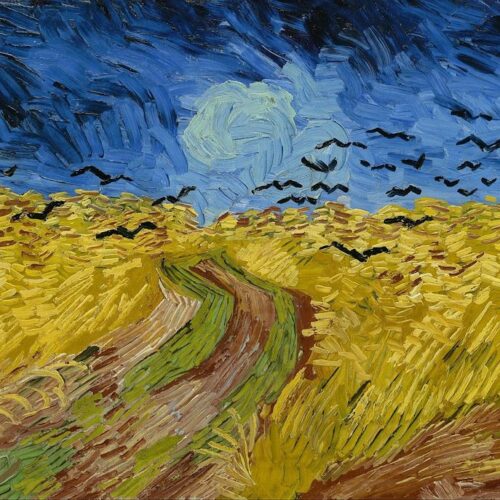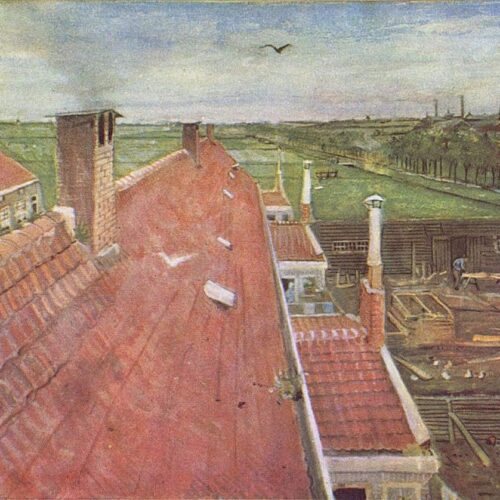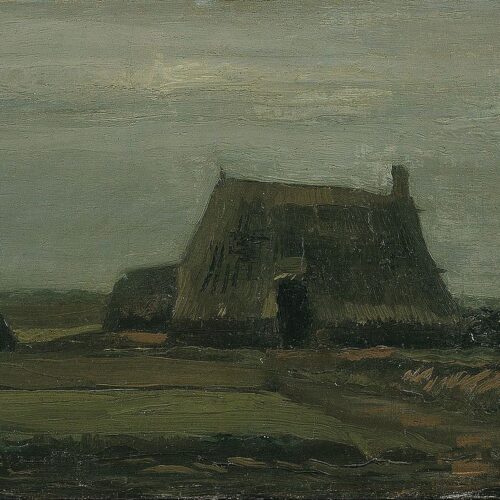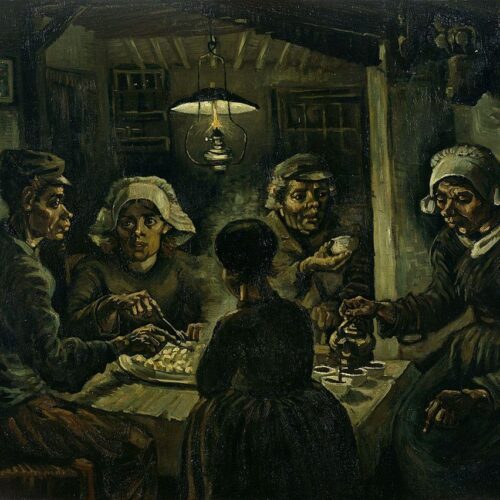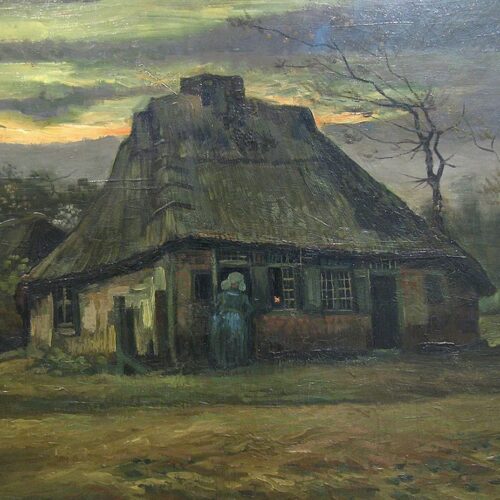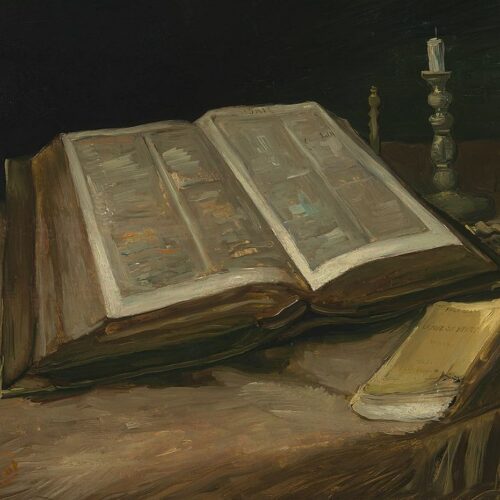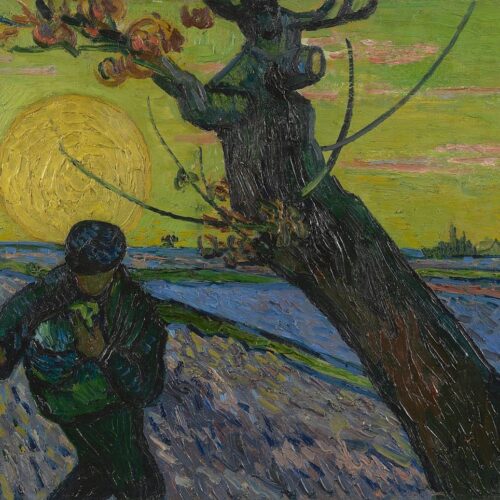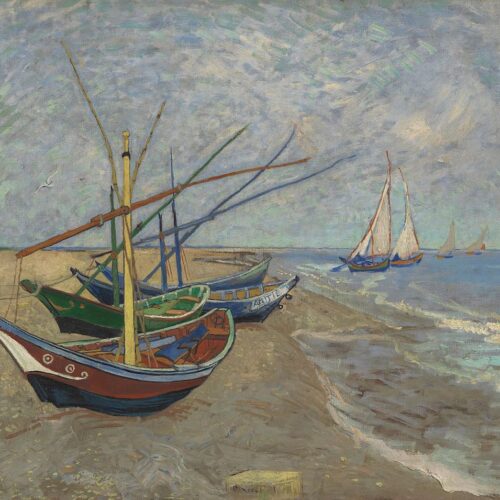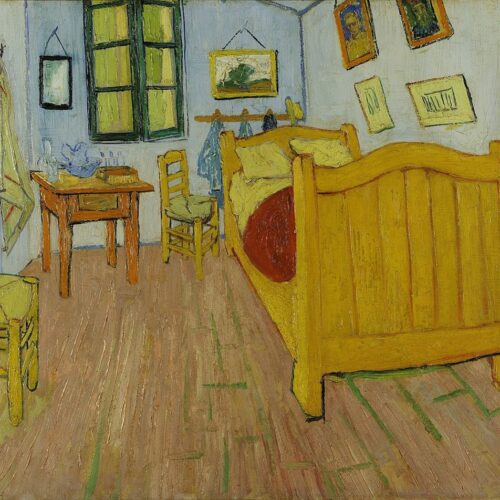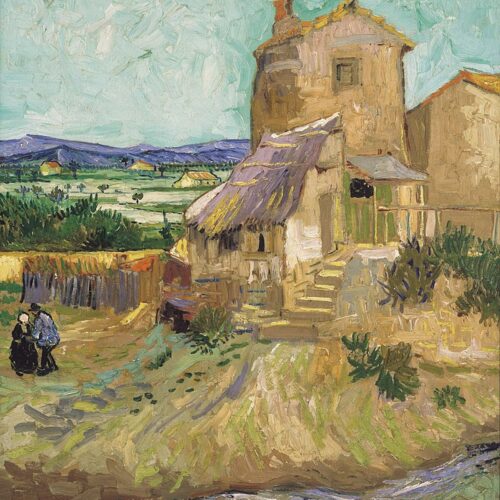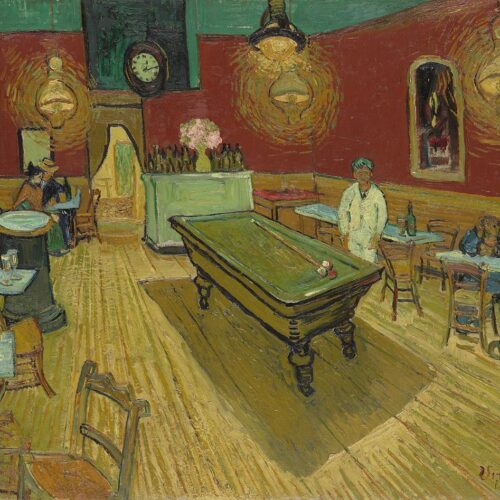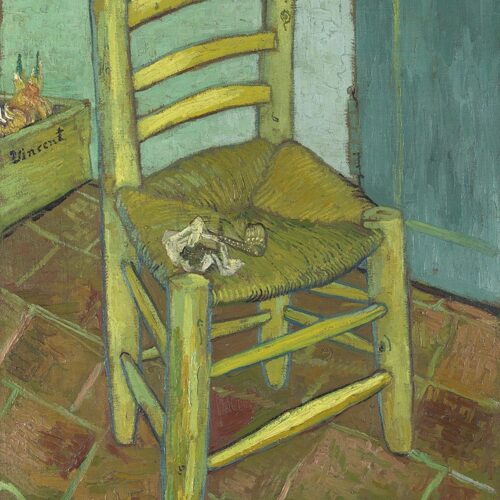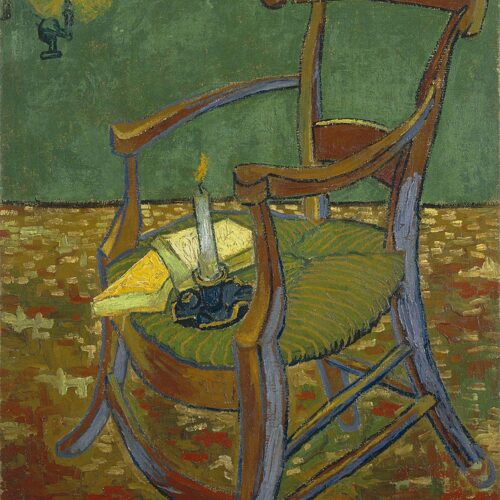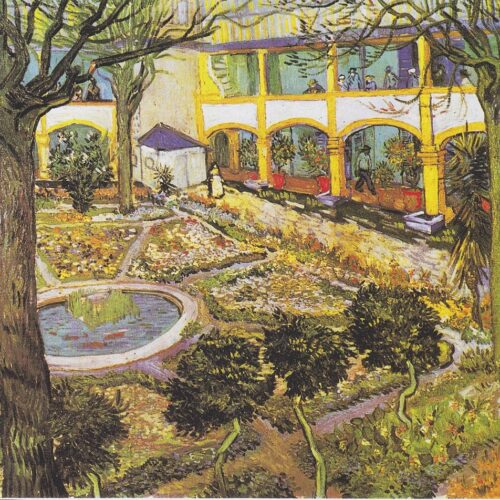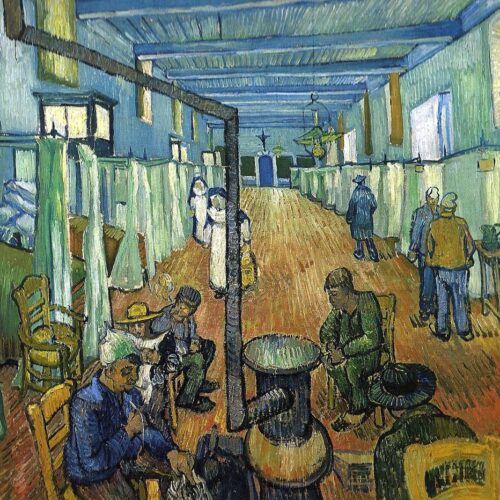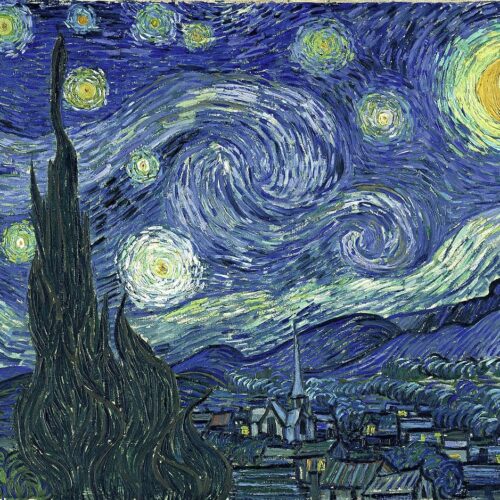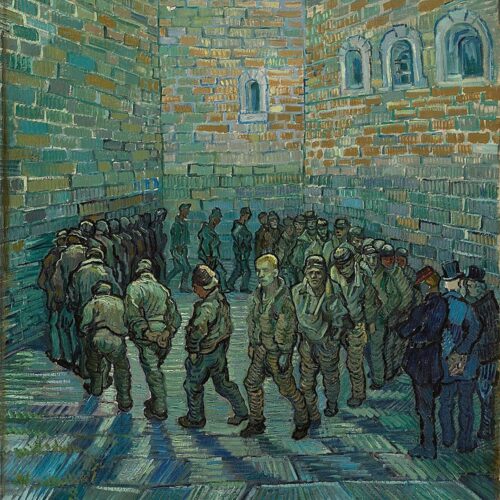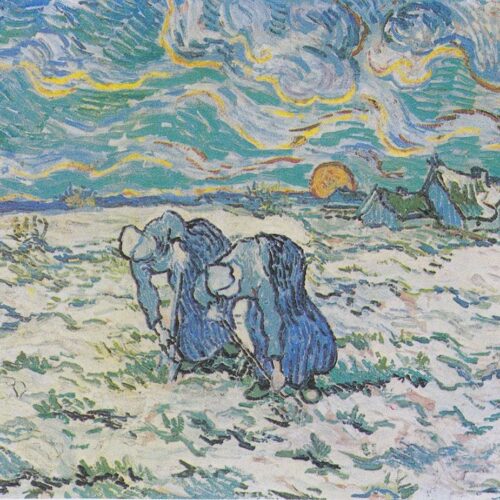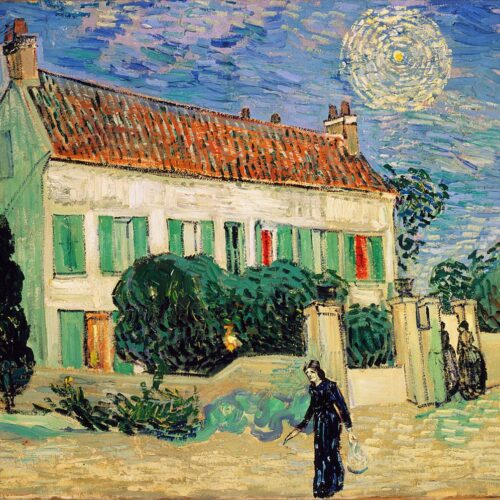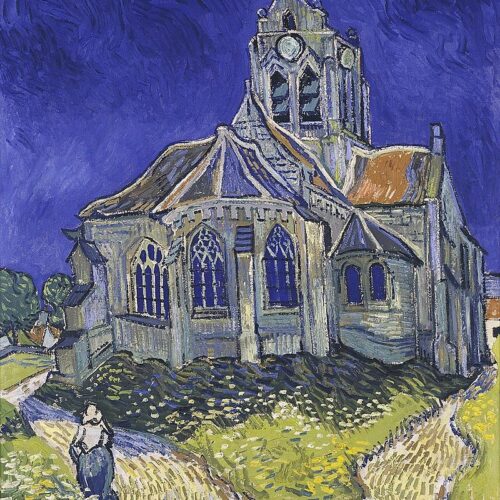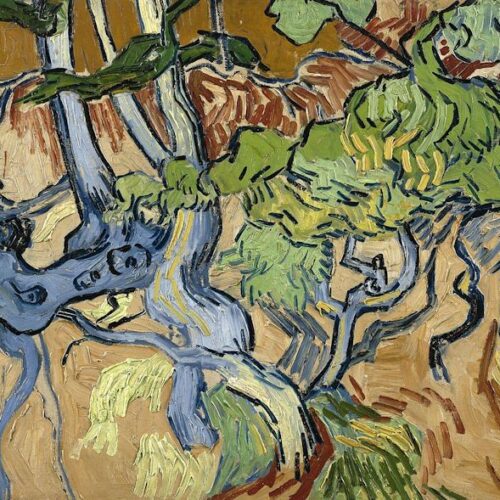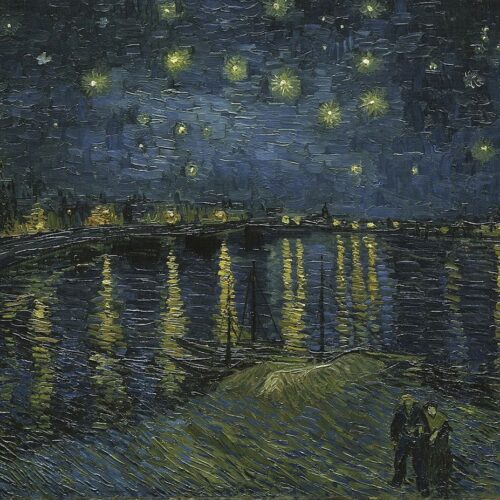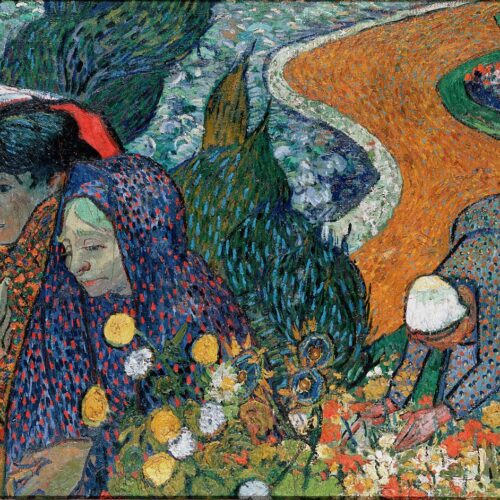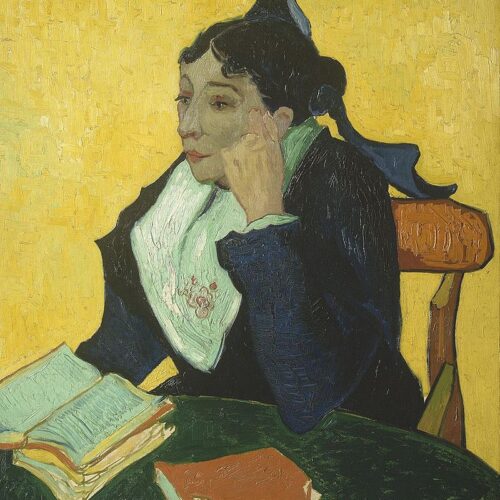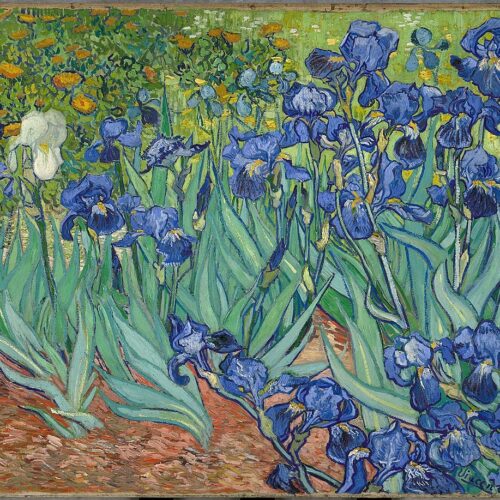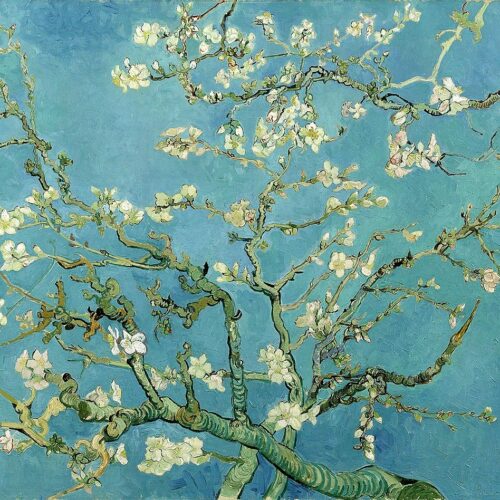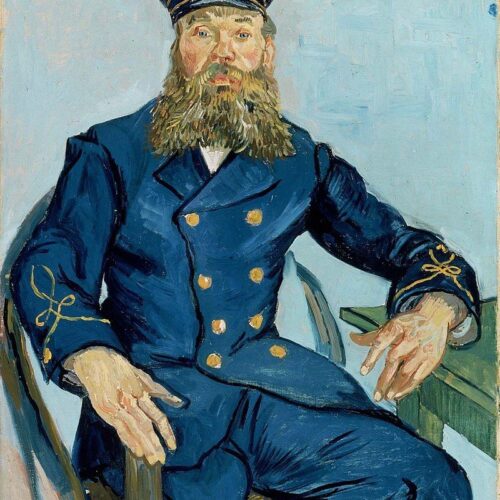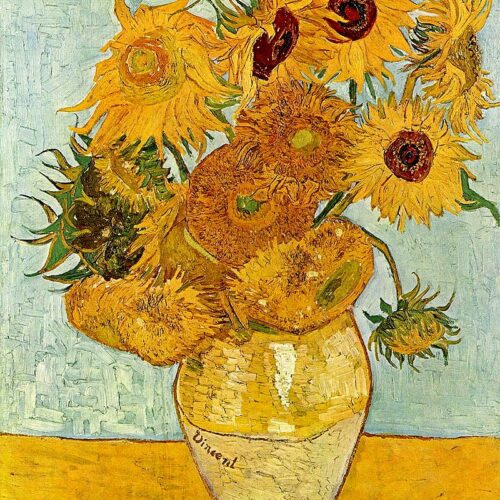|
|
Van Gogh had studied theology to become a pastor in a depressed coal-mining area of Belgium. In becoming an artist he satisfied his craving for spiritual fulfilment in work which, he believed, could and should be socially useful.’I am good for something, my life has a purpose after all’, he told his brother Theo in 1880.‘ How can I be useful, of what service can I be? There is something inside of me, what can it be?’ Each of his paintings became a cry of anguish as he struggled to release his violent, frustrated passions.’ I have a terrible lucidity at moments’, he wrote in 1888. ‘I am not conscious of myself any more, Writhing, flame-like forms and agitated brushwork transmit with almost hallucinatory power the convulsions of his tormented sensibility and, in such baleful works as The Night Café, the state of almost permanent anxiety and sense of instability which threatened to engulf him. It is painted in disharmonies of red, green and yellow, he wrote, ‘to express the terrible passions of humanity … the idea that the café is a place where one can ruin oneself, go mad or commit a crime. So I have tried to express, as it were, the powers of darkness in a low public house, by soft Louis XV greens and malachite, contrasting with yellow-green and harsh blue-greens, and all this in an atmosphere like the devil’s furnace, of pale sulphur. And all with an appearance of lapanese gaiety.’ |
|
Wheatfield with Crows, 1890. Van Gogh Museum
Wheatfield with Crows, 1890. Van Gogh Museum
Farm with Stacks of Peat, 1883
Farm with Stacks of Peat, 1883
The Potato Eaters, 1885. Van Gogh Museum, Amsterdam
The Potato Eaters, 1885. Van Gogh Museum, Amsterdam

